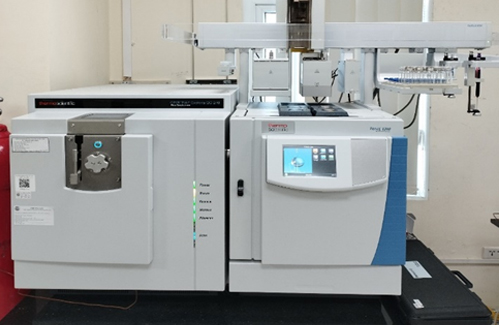- Folder Chemical field
- Views 4348
- Last Updated 22/04/2022

Ankom automatic total fiber, soluble/insoluble fiber analyser
1. Introduction
Fiber is an ingredient found in plants, fruits, grains and nuts. Fiber quickly passes through the intestinal tract without digestion. There are two main types of fiber, including soluble and insoluble.
Soluble fiber is soft and sticky. It adsorbs and absorbs water in intestinal tract to form a gel structure. Beans, wheat, avacado, fruits are the richest in soluble fiber. The soluble fiber can soften excrements, that facilitates the passing through intestinal tract of excrements. The fiber also can be conjunction with cholesterol and sugar to prevent and reduce their absorption into blood. This is the reason why soluble fiber can be used as a substance for glucemic regulation and protecting human from cardiovascular diseases. Additionally, soluble fiber can raise the number of microbacteria in gut, strengthen the immune system as well lessen emotional problems.
Insoluble fiber can be seen as raw food. The fiber is the hard composition in whole grains, fruits and vegetables (especially in nuts, husks, barks,..). The fiber is insoluble, indigestible by gut-microbiota. Therefore, it can not be absorbed into blood. This fiber acts as a substance for increasing weight of excrement, so it helps humans defecate regularly and reduces the risks of catching constipation.
2. Principle of total dietary fiber (TDF), insoluble/soluble dietary fiber (SDF/IDF) determination method
Two test samples of dried food are treated with thermostable amylase, protease, and amyloglucosidase to eliminate starch.
For TDF determination, post- enzyme treating solutions are mixed with ethanol to precipitate SDF before filtrating. The precipitation TDF is rinsed with ethanol and acetone, then dried and weighed. For SDF and IDF determination, the post-enzyme treating solutions are filtered. The IDF, which are sediments above filter paper, are rinsed with warm water, then dried and weighed. The filtered solutions are mixed with ethanol. Afterward the precipitation is filtered, dried and weighed. The content of TDF, IDF, SDF are adjusted based on protein, ash, and blank samples.
The process of adding enzymes, reagents and filtering are automated. Advanced technologies applied to replace manual processes shortens the time of analysing and assure the accuracy of results.

Flowchart of Ankom automatic fiber analyser setting
3. Automatic fiber analyser in NIFC
The Ankom automatic fiber analyser has been used in NIFC to determine the content of:
- Soluble Dietary Fiber (SDF)
- Insoluble Dietary Fiber (IDF)
- Total Dietary Fiber (TDF)
Method:
+AOAC 991.43 (TCVN 9050:2012)
+AOAC 985.29










-cua-hang-Waters.jpg)








